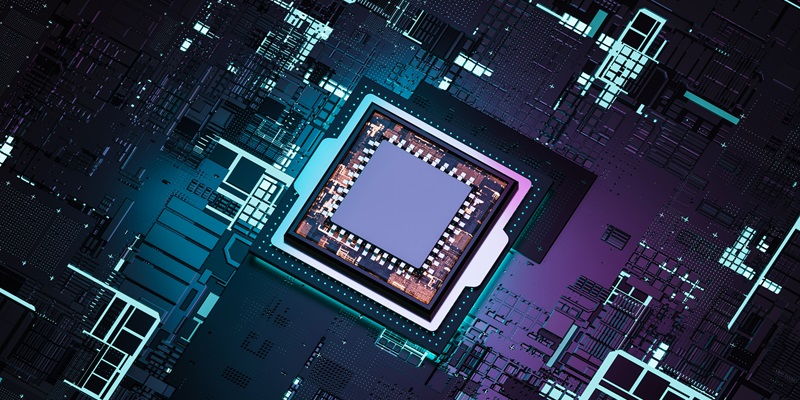AMD has been generating significant buzz in the tech community with its upcoming Ryzen 8000G “Hawk Point” APU family, designed for the new AM5 desktop platform. Recently, leaked details have shed light on the highly anticipated AMD Ryzen 5 8600G APU and its impressive specifications. This APU is set to integrate Zen 4 CPU and RDNA 3 GPUs within a single monolithic die, boosting performance to new heights.
Overview of the AMD Ryzen 8000G “Hawk Point” APU Family
The Ryzen 8000G “Hawk Point” APU family is poised to redefine the boundaries of desktop computing. By combining Zen 4 CPU architecture and RDNA 3 GPUs, AMD has created a powerful and efficient chip that delivers enhanced performance across various tasks. These APUs are expected to provide a significant leap in performance compared to their predecessors, further cementing AMD’s position as a key player in the desktop processor market.
Integration of Zen 4 CPU and RDNA 3 GPUs
The integration of Zen 4 CPU and RDNA 3 GPUs within a single die marks a major advancement in AMD’s processor technology. This monolithic design allows for improved data transfer between the CPU and GPU, resulting in faster and more efficient processing. Users can expect seamless multitasking, smoother gaming experiences, and impressive graphics capabilities with the Ryzen 8000G “Hawk Point” APU family.
Specifications of the Ryzen 5 8600G APU
The leaked specifications of the AMD Ryzen 5 8600G APU showcase its impressive capabilities. With 6 cores and 12 threads based on the Zen 4 core architecture, this APU is a powerhouse in terms of processing capabilities. An impressive 16MB of L3 cache and 6MB of L2 cache further enhance its ability to handle intensive workloads.
In terms of clock speeds, the Ryzen 5 8600G APU boasts a base clock of 4.35 GHz and a boost clock of 5.0 GHz. These speeds ensure snappy and responsive performance, whether you’re engaging in gaming, content creation, or everyday tasks.
Radeon 5 iGPU with improved clock speeds
The Ryzen 5 8600G APU features the Radeon 5 iGPU or Radeon 760M, with 8 compute units clocked at an impressive 2800 MHz. Notably, this clock speed is 200 MHz faster than the Radeon 760M iGPU found in the Ryzen 5 7640HS/8640HS APUs. The increased clock speed hints at the potential for higher-end models with a 3 GHz iGPU configuration, offering even more powerful graphical performance.
Impressive performance benchmarks
Early benchmarks of the Ryzen 5 8600G APU running on an MSI MEG X670E ACE motherboard with DDR5-6000 memory have showcased its remarkable performance. In the OpenCL benchmark on Geekbench 6, the APU achieved a score of 24,842 points, highlighting its computing prowess. Moreover, in the Vulkan benchmark, it achieved an impressive score of 30,770 points.
Improvements with the AM5 desktop platform
The AM5 desktop platform, on which the Ryzen 5 8600G and other Ryzen 8000G APUs will be based, offers numerous performance improvements. Higher clocks and power limits present in this platform allow for enhanced processing speeds, enabling users to tackle demanding tasks with ease. The AM5 platform promises improved efficiency and performance, taking desktop computing to the next level.
The leaked details of the AMD Ryzen 5 8600G APU provide a glimpse into the immense power and capabilities of the upcoming Ryzen 8000G “Hawk Point” APU family. With its integration of Zen 4 CPU architecture and RDNA 3 GPUs, this APU series is set to deliver exceptional performance in various applications, from gaming to content creation. AMD continues to push the boundaries of desktop computing, and the Ryzen 8000G APUs are destined to be a game-changer in the industry. Exciting times lie ahead for enthusiasts eagerly awaiting the release of these powerful processors.

